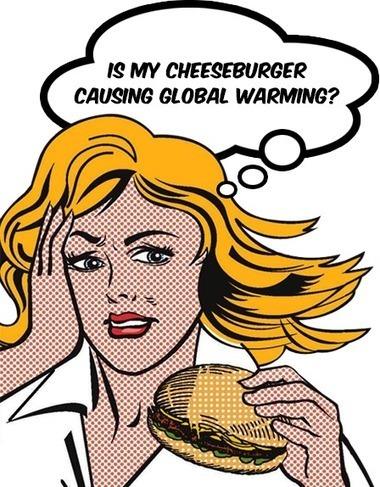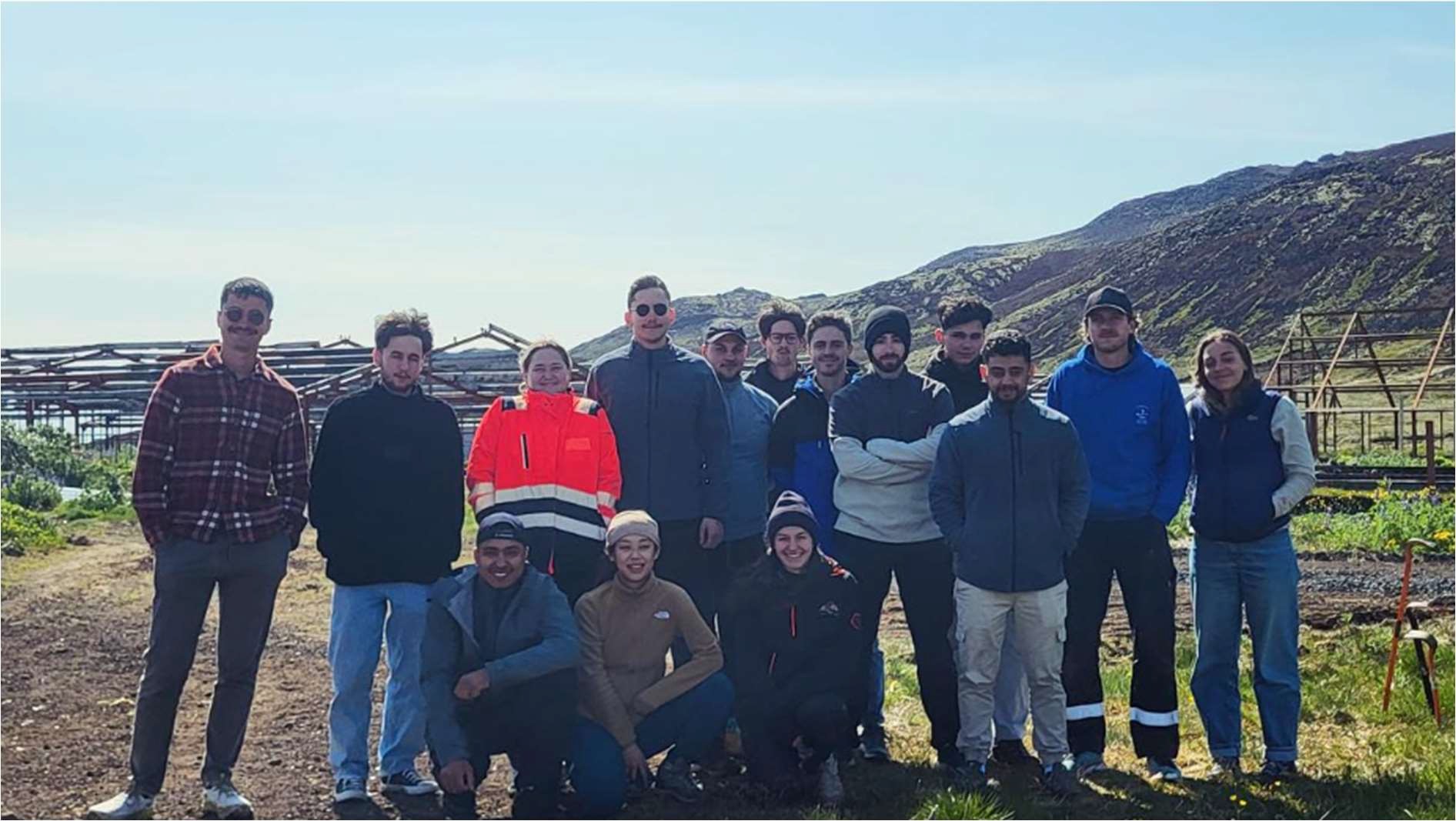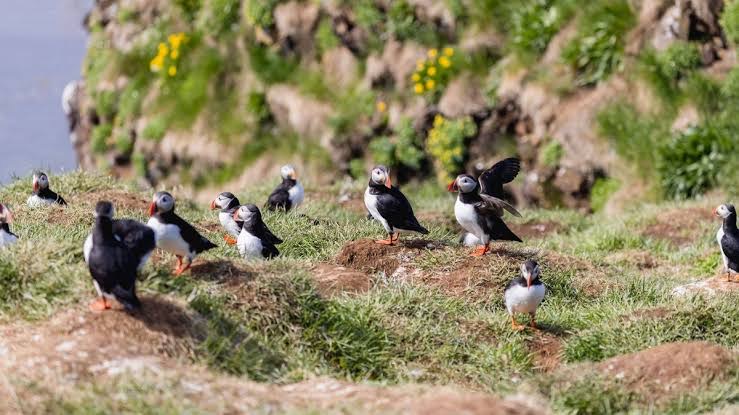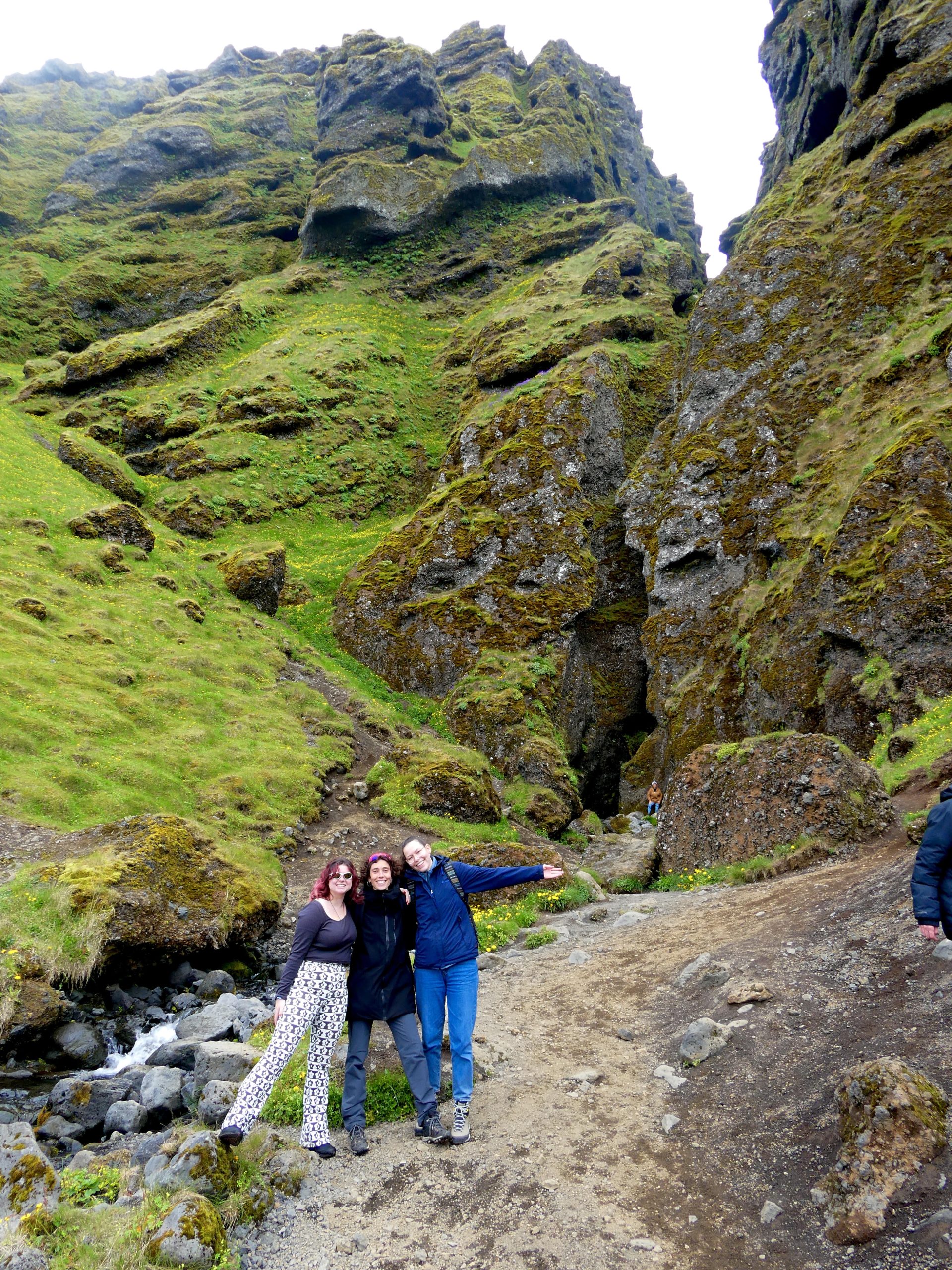
IS MY CHEESEBURGER CAUSING GLOBAL WARMING?
Are you concerned about climate change?
Well, now that you’ve changed your lightbulbs, it’s time to change your lunch!
THE FOOD SYSTEM IS RESPONSIBLE FOR A THIRD OF GLOBAL GREENHOUSE GAS EMISSIONS. LEARN HOW TO REDUCE YOUR CARBON “FOODPRINT.”
You bought it, you eat it. Don’t waste food
Wasted Food = Wasted Energy and Water
Growing, processing, and transporting food all use fossil-fuel energy via farm and processing equipment and inputs such as fertilizer. Those are associated with greenhouse gases that are emitted into the atmosphere. When we waste food, we are in essence wasting energy and contributing to climate change.
What You Can Do:
- Become aware of the food you are wasting.;
- Make an effort to use the food you have before purchasing more.
- Find creative uses for slightly overripe food items – some fruits can be frozen before they have gone bad and then baked or blended when you have the time (think: fruit smoothies, banana bread, berry crisp).
- If you eat out, order only what you can eat – or bring home excess portions for another meal.
- The CO2i emissions associated with the container are far less than those associated with the food.
- Start composting! Check out the EPA’s Guide to Starting Your Own Composting Pile.
Make seasonal and regional. your food mantra
We’ve become accustomed to having food from all over the world, without regard to what’s in season where we live and work, thanks to our global food supply. But in fact, it IS a problem.
Eating seasonally and regionally as much as possible means that the food you consume will travel fewer miles to get to your plate. You can feel less guilty about your coffee and chocolate from faraway continents if you’re not also consuming fossil fuel-drenched fruits and vegetables. Sticking to seasonal and regional also means it’s more likely that you are eating whole, unprocessed foods (see tip #5) that will be fresher, more flavorful and sometimes more nutritious than food chosen and picked based on its ability to withstand long distance transport.
What You Can Do
- Learn about what your region grows and when, so you can make an effort to incorporate those foods into your diet.
- Visit your local farmers’ market and make an effort to buy whatever vegetables that farmers are selling. If you aren’t sure how to cook them, ask for ideas.
- Ask your supermarket to carry local foods that are in season.
- Become a member of a local CSA program, which stands for Community Supported Agriculture. (Local Harvest has a searchable CSA database to find a farm offering one near you.) Every CSA operates differently, but regardless of the details, you will support a local farm, get to know members of your community, and be exposed to new vegetables and products grown close to home.
Moooove Away From Beef and Cheese
While all livestock have a carbon footprint, ruminant animals (cattle, goats, sheep, bison) release the most greenhouse gas emissions by far. Ruminants have a unique digestive system that constantly generates methane, a greenhouse gas that’s 20 to 25 times more powerful than carbon dioxide. Meat is also associated with greenhouse emissions thanks to the production of crops used for animal feed, its dependence on water, as well as deforestation and land use issues.
Surprised to See Cheese on the List? Most people are. Milk comes from methane-producing cows, and it takes approximately 10 pounds of milk to make 1 pound of cheese.
Stop Flying Fish and Fruit – Don’t Buy Air-Freighted Food
As a rule, any food that travels by airplane is going to be a high-carbon choice. Something that is air freighted emits greenhouse gases up to 30 times more than that of food shipped by boat from the same point on the globe. You may not realize it when shopping at your local grocery store, but quite a few common foods come with a high climate price tag.
What You Can Do
- Be aware of what you’re eating, where it came from, and how it got to you. Ones to watch: cheese that isn’t local (if you’re not near Wisconsin or California, chances are your cheese is air-freighted); most fresh seafood from far away; pineapples; and out-of-season (winter) asparagus, fresh berries, and herbs.
- Don’t shy away from frozen fish. Keep in mind that the world’s best sushi is all “flash-frozen.” This fast freezing keeps fish from decaying and less prone to parasites than fish that has never been frozen. It also often tastes fresher. Some “fresh” fish has been out of the water for as much as 14 days!
- Try to be flexible to the food that’s in season and seek out alternatives to tropical fruits and imported cheeses you might normally enjoy without a second thought. Looking for grapes to adorn a (local) cheese tray? Try local apples or dried fruits instead.
- Grow your own herbs indoors in the winter!
If it’s Processed and Packaged, Skip It
Foods that are processed will have a larger carbon footprint than their raw or minimally processed alternatives. This is not only because of the energy that goes into cutting, cooking, and packaging and the box, bag, or wrapper they end up in, but also because of the additional sweeteners and preservatives that often accompany them. For example, sugar, high fructose corn syrup, mechanically (versus sun-) dried fruits, coffee, and chocolate, are all energy-intensive products. (This is as opposed to sweetening agents such as fruit, which don’t go through such extensive processing).
What You Can Do
- Try to substitute whole foods such as fruit and nuts for processed snacks and sweets. Instead of chips, eat carrots and hummus.
- Cook from scratch! Instead of purchasing hummus, buy chickpeas and tahini and blend it yourself. If you love cookies, make them at home. That’s the easiest way to understand what they contain.
- Choose the least processed alternative, especially when it comes to grains. For example, brown rice is unprocessed; white rice has been processed to have the nutritious bran removed.
- Make it count. If you’re craving chocolate, eat the least processed option — a bite of a dark chocolate bar, perhaps, instead of a handful of cookies that have cocoa mixed into them along with dozens of other ingredients.
Do you dare to check your knowledge?







